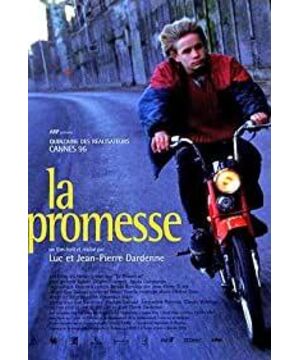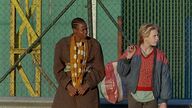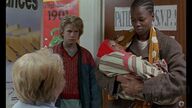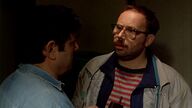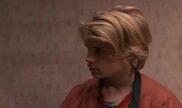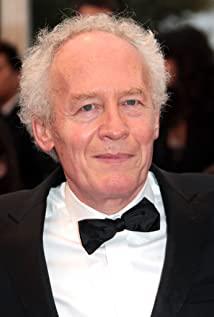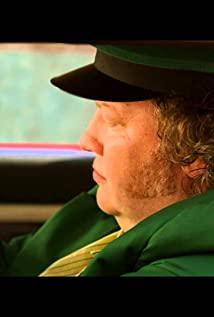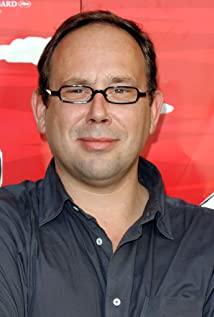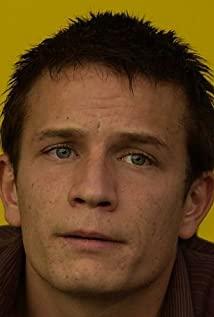[One Promise and Gold] is Dane's blockbuster work. Compared with Dane's other peak works, this work still retains their previous closeness to drama, whether it is the basic shaping of the core characters, the relationship between the core characters and external conflicts The presentation, or the establishment and promotion of the relationship between the core characters, also includes the effectiveness of the use of narrow details, and even the relationship between the end of the space presentation. The opening first portrays Egg, an apprentice at a gas station, who steals an old woman's purse but calmly pretends not to care about tips; then, Egg and his father bring back illegal workers, a black wife appears, and the accidental death of a black worker is real into the narrative. Egg does a "big thing" for his father (the betrayal), the father rewards him with a ring and lets him try to drive, both of which end up helping Egg help the black wife (snatch the father's car and drive the woman away) and selling her ring to buy her a ticket to Italy). By the time of [Son of Others], the functionality of this dramatic framework and details has been hidden as much as possible, and it is more silent.
One of my favorite episodes: Egg asked his neighbor to give money to a woman, and his father was so angry with him that he even fought. Then, when Egg heard that the woman next door seemed to be threatened, he hesitated for a moment whether to lend a hand again; then when Egg heard his father, who had heard the news, blow away the neighbor who was trying to threaten the woman, both the audience and Egg It was shocking, and even consciously saw that his father was actually kind and upright, but his father then let the woman leave, it was really unsafe to live here alone, and the audience would have a little doubt. What followed was that, outside of the rare Egg's perspective, the father came to the neighbor's room and gave the neighbor money. It turned out that the neighbor's "threatening" behavior was the father's master, and the purpose was to make the woman feel fear and trust herself appropriately , thereby expelling the woman and covering up the truth that the woman's husband is dead. The director follows the character Egg and thinks he is omniscient, but then we discover that we are not omniscient, we know more than the core characters, which brings the ups and downs and fun of the viewing experience.
In the second act of the film, the external action is how Egg helps women and fulfills his promise to black laborers; the audience's suspense is whether Egg will tell women the truth. At all possible opportunities for revealing the truth, the truth was avoided again and again; the truth was finally revealed unexpectedly, and after almost all contradictions were resolved, in the passage, Egg explained the truth to the woman. This is also consistent with the way the Darney brothers "write the plot backwards".
The realism of the Darney brothers is actually dramatic realism, even a little melodramatic. This makes their realism more "good-looking" and does not require so much from the audience; of course, it also brings questions from other fans, who think that their realism is very hypocritical, and it is still the framework of Hollywood's drama and whitewashing. But in fact, judging from the growth background and age of the two directors, I think they are not so utilitarian. They have more to do with their early apprenticeships and more to do with their beliefs. These are also the reasons why I like them at the core. Recently, another graduate student is studying the Safdie brothers. At first glance, the films of the two brothers have a lot of similarities, especially the use of hand-held lenses and the general influence of DOGMA95. But fundamentally, they are very different. The Safdie brothers talk about confusion. Characters with "bad habits" or "obsessions" are involved in real society and life, and they are trapped by life. The more they look forward to relying on the truth to obtain a floating board. In Safdie’s follow-up shots, the characters are constantly greeting their surroundings indifferently, while the insect-looking shots only approach the figures themselves; while in Dane’s follow-up shots, the cameras follow the figures to see the size of the surrounding eruption or eruption. "Tragedy", and there are few insects in the time of the sages, their characters do not stop to "think", they cannot think if they want to survive, otherwise they will only be more anxious and unable to survive. Safdie's film has many wonderful strokes of broad details, clever, witty and absurd. When the characters self-destruct, there will be a contrast in the audience's emotions and a sense of pain; Dane also makes a contrast, the external world is cruel, and the characters' inner Micromang is especially precious.
I really liked the works of the two director brothers, and this time made me reflect on whether I have a special preference for realism and documentary films; maybe in part, but perhaps what attracted me more was the complex characters and the characters' treatment of the environment (situation). Attitude, pain and joy or joy but heart-wrenching, pain and beauty, they are entangled with each other, they are all visible, so they have power.
View more about The Promise reviews


